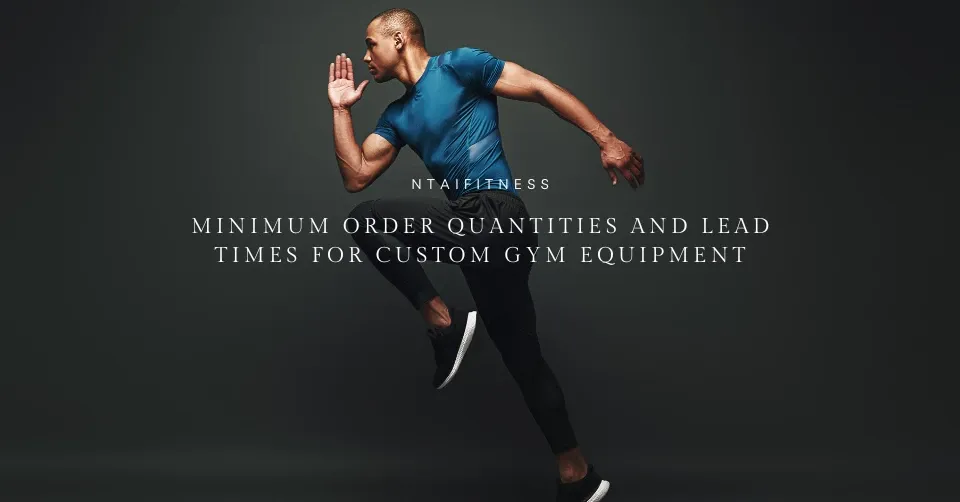For fitness equipment distributors, gym owners, and new fitness brands looking to create custom gym equipment, understanding Minimum Order Quantities (MOQs) and lead times is crucial. These two factors directly impact manufacturing costs, delivery schedules, and overall project feasibility, making them critical to your business’s success. In this guide, we’ll break down the basics of MOQs and lead times for custom gym equipment, explore the factors that influence them, and offer practical tips and real-world examples to help you optimize your orders. MOQ is the smallest amount of a product that a manufacturer is willing to produce in a single production run. This is often set to ensure cost efficiency and reduce waste, as lower quantities can disrupt production workflows and increase per-unit costs. Many manufacturers offer flexible MOQs for first-time orders or small test batches. For example, a supplier might allow a smaller initial order of 100 units instead of their standard 500 for new customers, helping you test the market before committing to a larger production run. Choosing manufacturers located near major ports or logistics hubs can reduce transit times and shipping costs. For example, a factory in Shenzhen, China, close to major ports like Yantian or Shekou, can cut weeks off your overall lead time compared to inland suppliers. Finding the right balance between MOQ, lead times, and cost can be challenging. Here are some strategies: A startup gym brand ordered 500 standard dumbbells with custom branding. By simplifying the logo design and using pre-made molds, they reduced their lead time from 10 weeks to 6 weeks, saving both time and costs. 💡 Real-World Example: How we reduced MOQs by 40% for Gorilla Fitness using modular designs: View Case Study in Forum Understanding MOQs and lead times is essential for building a successful fitness brand. By planning your orders strategically and choosing the right supplier, you can minimize costs and reduce time-to-market. Contact us today for a personalized quote or to learn more about our OEM and ODM services.
What Are Minimum Order Quantities (MOQs) in Fitness Equipment Manufacturing?
Typical MOQ Ranges by Product Type:
Factors That Influence MOQ:
Practical Tip:
Factors That Influence Lead Times for Custom Gym Equipment
Practical Tip:
Balancing MOQ, Lead Times, and Cost
Real-World Example:
Conclusion and Call to Action
Blog search
Table of Contents
Minimum Order Quantities and Lead Times for Custom Gym Equipment
Published on Thursday, May 8, 2025, Written by the Ntaifitness Expert Team

Nike Everyday Cushioned Crew Socks
The ultimate comfort for your daily grind. Built with soft, cushioned fabric for all-day support.
*As an Amazon Associate, we earn from qualifying purchases at no extra cost to you.

